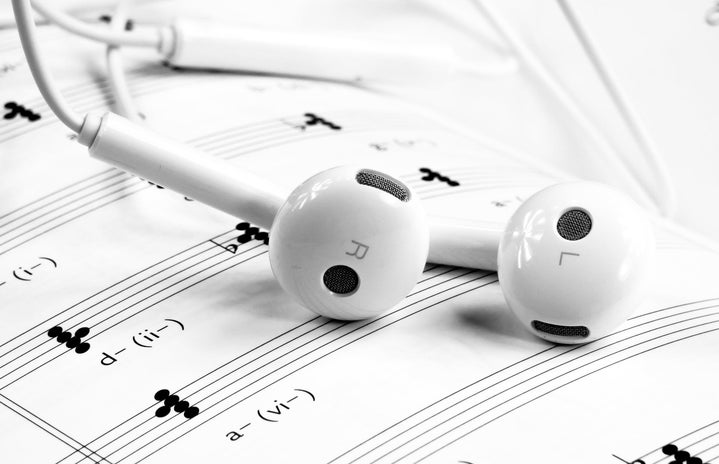Edited by: Ananya Khandelwal
What is it about music that makes it so appealing to everyone across the world? One possible explanation for this is its vast variety. The numerous genres and styles of music mean that there will always be something for everyone to listen to. That being said, no genre is completely independent of another and even the most seemingly distinct musical styles will ultimately have something in common.
The universality of music is accompanied by its timelessness. This is not just limited to Gen z kids listening to Baby Boomer music but also extends to the more ingrained influence of older styles such as classical music on new music that is released even today. This makes it rather difficult to create clear temporal distinctions between the evolution of music because different styles keep recurring over time.
The era of classical music approximates the late eighteenth and early nineteenth centuries and has impacted contemporary styles in enormous ways. Mozart, Beethoven, Bach and Tchaikovsky are just a margin of the notable composers of this era. Their celebrated pieces and musical styles live on in today’s day and age in several forms.
The most glaring example of this is the very existence of the chorus that we hear in practically every song today. The chorus made its first appearance in the classical music era and its repetitive structure has, since then, proved to be eternal.
Surprisingly, Baroque music, which forms a major portion of the classical era, has significantly influenced a genre that one wouldn’t normally consider comparable – rock music. Many modern rock songs share the complexity and intensity of music from the Baroque period and artists such as Led Zeppelin have admitted that their music has been influenced by composers from the aforementioned period. This exemplifies the fact that musical styles that appear vastly different can still have numerous similarities.
The reach of music from the classical era is not only limited to its style and technique but also its instruments. Many contemporary musicians have grown up playing a classical instrument like piano or violin which are exceptionally common in songs even today, and the ability to read sheet music is an important and beneficial skill in the music industry. Like Led Zeppelin, artists such as OneRepublic, Coldplay, John Bellion, and Adele among others have also used or adapted classical music into their songs.
In fact, Beethoven’s famous piece “Fur Elise” reemerged in the twenty-first century through the song “Beethoven” by Kenndog which uses the same melody but switches up the tempo and style, and adds lyrics. This reworking of an original song is a far more direct way of drawing connections between the classics and the modern hits. The subtle and intricate weavings of classical hints and techniques into modern music are less apparent.
So, a new question arises; Why do we even label the different musical styles at all? The distinction is often arbitrary due to the inevitable overlap as explored before. However, if it weren’t for the categorisation of music, discussions surrounding music as an art form would become exceedingly difficult. We would also find it difficult to decipher our tastes since radios, music stores, etc. are all organised according to these categories. The creation of such classifications helps us explore music that is similar to ones that we have enjoyed in the past.
Moreover, while I have mostly been focusing on the past influences on current music, attempting to draw parallels and identify similarities, it does not at all imply that differences do not still exist. Each musical style is unique, not because it is entirely original from scratch, but because art can be reworked and adapted to create something completely new; new enough for it to deserve a genre of its own.
So, while many consider classical music to be a dying form, its longevity ensures that it remains relevant in today’s society, alongside numerous other genres that have drawn inspiration from it.


